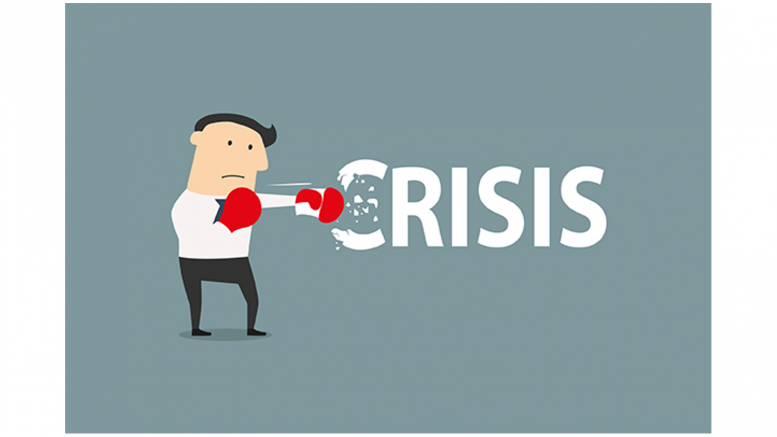In today’s world, diversity and inclusion serve as the foundation for all business and employer brand strategies. How products and services cater to a diverse audience and how companies can improve Diversity and Inclusion (D&I) in the workplace are central to strategic decisions. This presents an unprecedented challenge to organisations in terms of when, how, and what to communicate to avoid hurting the diverse sensibilities of consumers and employees.
Our audiences are complex, representing diversity in gender, race, color, ethnicity, sexual orientation, political affiliations, and neuro and physical abilities. A narrative that may resonate with one group of the audience could potentially upset others, leading to a backlash against the brand. There are several instances where companies have navigated these tricky waters cautiously or even refrained from communicating altogether, with the most recent example being the Israel-Hamas conflict.
So, in today’s hyper-active world with the need to connect with consumers beyond products and services, how do we navigate these complex and tricky waters of communications? Here are some insights that may help in shaping response strategies:
- Understand the Stakeholder Landscape
- Begin by comprehensively understanding the demographics of your key audience or stakeholders, including age, gender, race, nationality, ethnicity, socioeconomic status, and more.
- Answer questions such as who are the stakeholders that matter most to you, what values do they hold highest, why do they connect with your brand, and what are their expectations from it?
- Recognise and respect that different demographic groups may have unique perspectives, priorities, and sensitivities based on their life experiences.
- Stay True to Your Values
- When deciding to respond to a particular situation, it is essential to consider the core values of your company or brand. Often, companies may feel compelled to respond to issues that may not be directly relevant to them.
- At times, it is acceptable to refrain from making a statement and instead focus on what businesses do best, which is providing products and services to consumers.
- If you choose to respond, ensure that your messaging and actions are fully aligned. Understand that consumers today are more aware and proactive, expecting words and actions to be consistent. Mere rhetoric is no longer sufficient.
- Engage, Listen, and Empathise
- During challenging times such as regional conflicts, political tensions, or cultural clashes, it may be challenging for a brand catering to a diverse consumer group to respond directly. However, this should not deter organisations from creating a safe space for consumers and employees to engage in open and constructive dialogue.
- Actively listen to your stakeholders, including employees, customers, and the community. Demonstrate empathy and understanding, even when opinions differ. Encourage employee participation in discussions around sensitive issues and proactively create spaces for dialogue and learning within your organisation.
- Craft Inclusive and Customised Messaging
- Recognise that one size does not fit all. In a world with diverse audiences, a tailored approach is the way to go. Authentic and respectful customisation of messaging or responses will not only minimise reputation risks but also build stronger affinity towards your brand.
- Inclusive and customised responses communicate that the organisation respects and values the diversity of its audience, encouraging individuals from various backgrounds to engage with the brand.
- Develop a Robust Crisis Management Plan
- Anticipating a crisis or risk and being prepared for it is the first rule of crisis communication. Mapping out important stakeholders, categorising potential crisis scenarios, and having a customised response plan ready is non-negotiable for effective crisis management.
- Ensure that the crisis response team is composed of members with diverse and unique perspectives. A diverse team allows for a more comprehensive assessment of the crisis, a wider range of potential solutions, and responses that cater to diverse sensibilities.
Brands and businesses have the unique capability of bringing people together, regardless of their backgrounds or opinions. In an already divided world, the best companies can do is to understand, engage, and provide a safe space for their stakeholders to share their thoughts and concerns. Instead of a top-down approach of issuing a statement, companies must be open to listen, observe, and connect.
The views and opinions published here belong to the author and do not necessarily reflect the views and opinions of the publisher.



Be the first to comment on "Inclusivity in Crisis: Navigating Diverse Sensibilities"